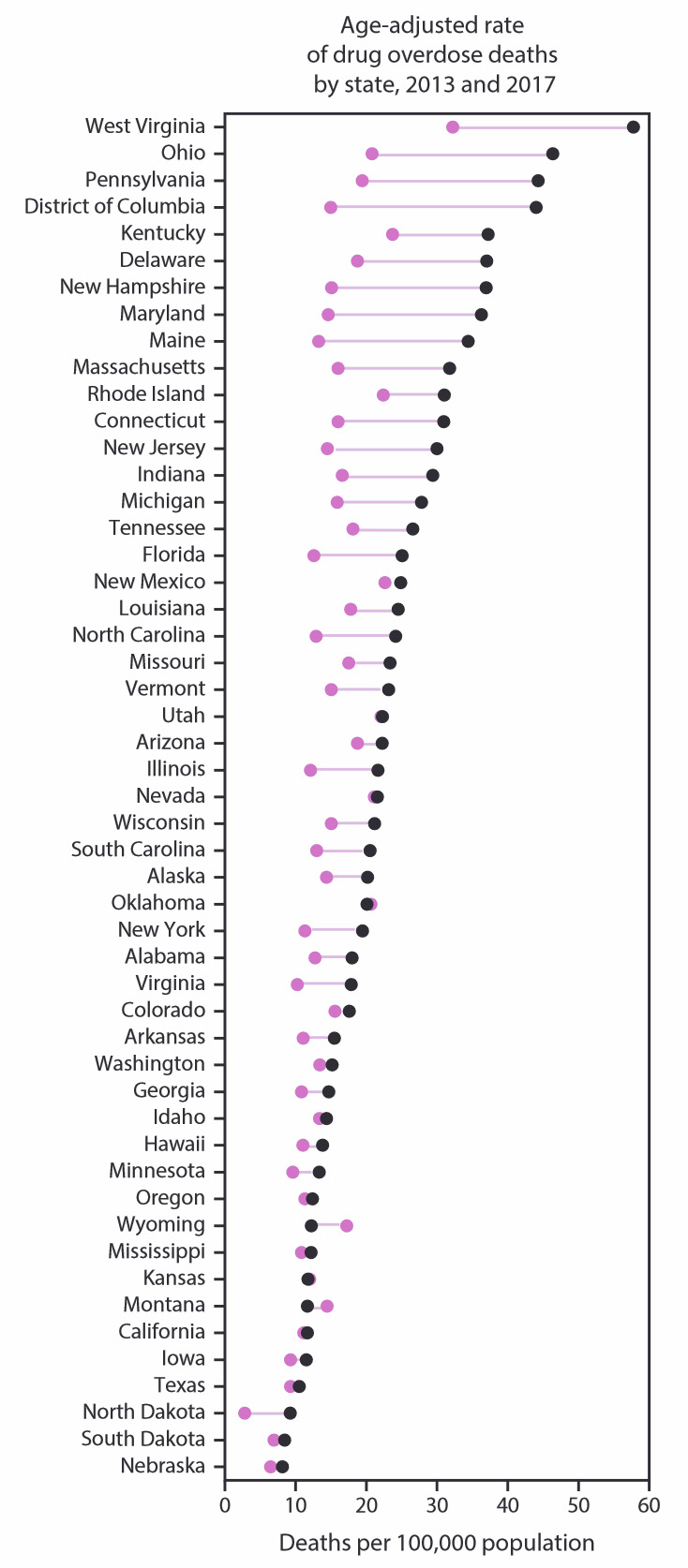Nothing combines Trump’s ignorance, cruelty, fecklessness and desperation like [what I suppose is] Stephen Miller’s idea of sending refugees into sanctuary cities. It’s nature imitating art, Brers Fox and Bear throwing Brer Rabbit into the briar patch.
The way this scheme is supposed to work is that we (I live in one of those places) will be terrified at the prospect and crime will soar when it happens, so we will vote against all our Democratic officials and, I guess, form vigilante gangs and go after the refugees violently. Boy, that’ll show those luftmensch liberals and the refugees both, right?
But every assumption behind this is completely wrong. These are people who don’t want to be raped and killed, and have the courage to trek two thousand miles to protect their kids, and who trust US decency and law, and being immigrants will have lower crime rates than the native population. The idea that they are going to scare the pants off us is completely and obviously nuts. Sanctuary cities declared themselves such having lots of experience with immigrants; we know exactly what to expect, and it’s OK with us.
Aside from its viciousness and illegality, it’s hard to think of a Trump initiative that is so completely disconnected from facts and reality; not just slightly off, but totally mad. The White House continues to plumb new depths of sick and stupid; are there any more wheels that can come off this thing?




